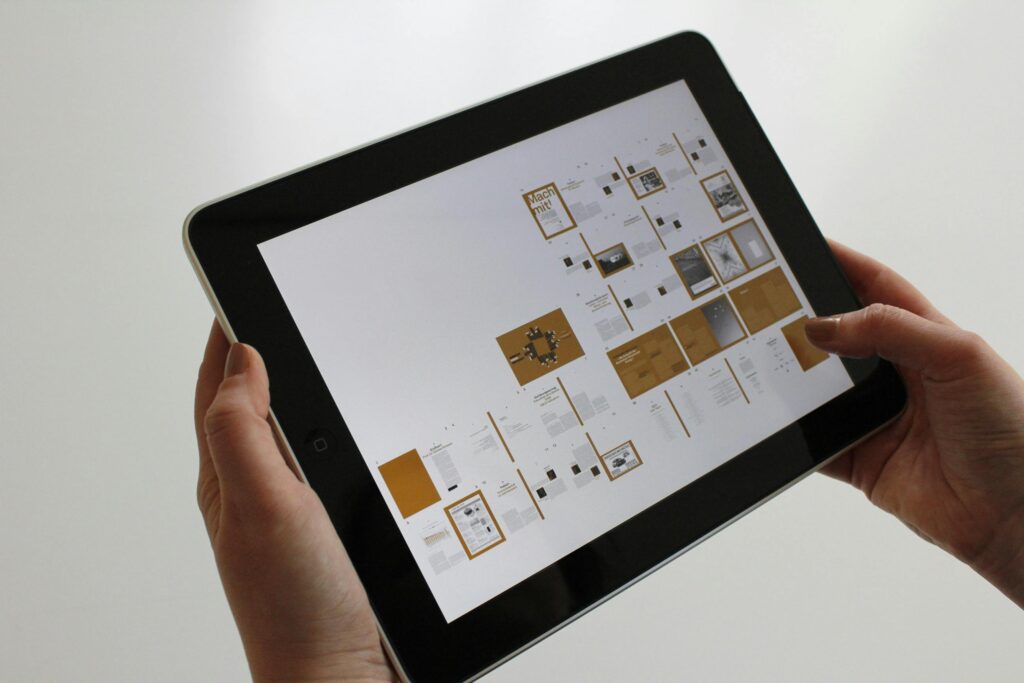When you picture great web design, you might think of bold fonts, eye-catching colors, or creative layouts. But one of the most effective design tools often goes unnoticed—white space.
Also known as negative space, white space is the breathing room around text, images, and other elements. Far from being “empty,” it has a big impact on usability, readability, and how trustworthy your website feels. Let’s explore why white space is essential in modern web design and how you can use it to your advantage.

What Is White Space in Web Design?
White space doesn’t have to be white—it simply refers to the empty areas between or around elements. It creates balance, flow, and structure.
There are two main types:
- Micro white space: Small gaps between text lines, letters, and buttons.
- Macro white space: Larger spaces around content blocks, margins, and sections.
When used strategically, these forms of spacing prevent clutter and help visitors focus on what matters most.

Why White Space Improves User Experience
Most visitors don’t read websites word for word. In fact, around 79% of users scan content before deciding what’s important. White space guides their eyes, making it easier to scan and absorb information.
Here’s how it improves the user experience:
- Better readability: Proper line and section spacing make content easier to digest.
- Simplified navigation: Clean layouts help users quickly find what they need.
- Reduced cognitive load: Extra space calms the eye and keeps pages from feeling overwhelming.
- Accessibility support: Following WCAG spacing guidelines improves comprehension for users with dyslexia, ADHD, or other attention challenges.
White Space and Visual Hierarchy
White space is more than aesthetics—it’s a powerful tool for visual hierarchy. By surrounding calls-to-action (CTAs) with empty space, you instantly draw attention where you want it most.
Eye-tracking studies show that whitespace naturally guides user focus. Think about Apple’s product pages—minimalist designs, clean margins, and large images framed with space. This design choice makes each product the hero, with no distractions.
White Space and Conversions
Design choices directly impact business results, and white space is no exception.
- Trust & credibility: Spacious layouts feel more polished and professional.
- Premium branding: Luxury brands use generous white space to signal exclusivity and quality.
- Higher engagement: Isolated CTAs stand out, encouraging more clicks and conversions.
A case study by Attention Insight shows that websites with well-planned white space often see lower bounce rates and longer on-page time—two critical signals for SEO and conversions.

Best Practices for Using White Space in Modern Web Design
Too little white space creates clutter. Too much can feel empty. The goal is balance.
Practical tips:
- Keep headlines and CTAs surrounded by ample spacing.
- Maintain consistent margins and padding across the site.
- Use line spacing for readability (especially on blogs).
- Test designs on mobile to make sure spacing translates well.
- Combine whitespace with bold fonts or color blocks for modern, 2025-ready layouts.

Final Thoughts: White Space Isn’t Wasted Space
White space isn’t an afterthought—it’s a design strategy that shapes how people interact with your brand online. It enhances usability, strengthens brand perception, and directly influences conversions.
If your site feels cluttered or hard to navigate, start by giving your content room to breathe. Small adjustments in spacing can transform the entire experience.
Looking for a website that blends professionalism with clarity? At Mello Design Studio, we help service-based businesses create designs that feel approachable, polished, and uniquely theirs. Get in touch to learn how we can elevate your online presence with thoughtful, strategic design.

View comments
+ Leave a comment